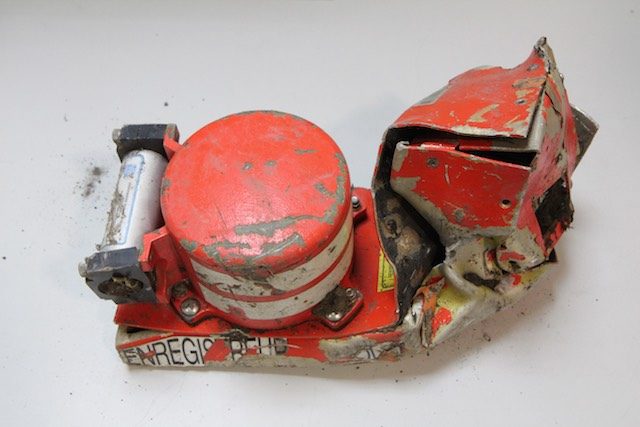SUMMARY
This is AI generated summarization, which may have errors. For context, always refer to the full article.

PARIS, France – Baffled by the Germanwings crash that killed all 150 people on board when it slammed into a mountainside on Tuesday, March 24, experts are studying the last actions of the flight crew for clues.
Here’s a look at 5 key questions:
What does the plane’s flight path tell us?
Given that the plane was headed directly for the mountains while making a controlled 8-minute descent – which appears to exclude the scenario of a sudden drop or emergency descent – experts say the descent is likely linked to the crew’s actions.
The aircraft continued to have lift in its final moments (the force holding the plane in the air), according to pilots and ex-investigators of the French air crash investigation agency (BEA).
The plane also stayed on its trajectory except for the change in altitude, according to data provided by the Flightradar24 website. The aircraft sent no distress signal.
“Heading straight for the mountains makes no sense. All of this indicates that there was either an unusual action taken by professional pilots in full possession of their senses or a lack of reaction from the crew,” the pilot of a large European airline company told Agence France-Presse.
How can this unusual action or lack of reaction be explained?
“If the pilots failed to stop the plane from crashing into the mountains, they were either unconscious or dead; they either decided to, or were forced to die,” one of the experts said.
Another theory put forward by several pilots and ex-BEA investigators is that the plane lost cabin pressure and that the oxygen masks did not work. In that case, the pilots could have fallen victim to hypoxia, or oxygen starvation.
This is what happened in the case of a Helios Airways Boeing 737, which crashed on August 14, 2005, killing all 121 people on board.
In the case of the Germanwings plane, it is too soon to rule out other options such as one of the pilots committing suicide or a third person forcing their way into the cockpit. That is why the analysis of the plane’s black boxes is crucial.
Can data still be retrieved from the recovered but damaged cockpit voice recorder (CVR)?
“Damaged does not mean unusable,” said former BEA director Jean-Paul Troadec.
“The memory card, similar to those found in computers, is particularly well protected. This is the CVR’s useful part,” he added.
The plane’s second black box, which was recording flight technical data, has yet to be found.
What can the black box tell us?
The BEA said it had managed to “extract usable data” on Wednesday but was not yet able to provide further information.
“It is much too early to draw any conclusions about what happened,” said BEA director Remy Jouty. He said investigators would now focus on a “detailed study to understand and interpret both the sounds and voices which can be heard on the recording”.
“We should be able to learn who was in control, whether the captain was alone in the cockpit or not, and whether there were people other than the pilot and co-pilot present. If so, it is likely that words were being exchanged,” explains Troadec.
The CVR also records noises of the cockpit door opening and closing, as well as of the different controls and switches. All these small clicking noises can provide precious information about the cause of the crash.
Fire or depressurization alarms would have also been audible.
Was there an explosion prior to the crash?
The BEA director said radars had shown the Airbus “was flying right to the end”, and that it had therefore not exploded prior to crashing.
This was corroborated by the evidence of debris found at the crash site, indicating that the plane had still been in one piece when it crashed.
Witnesses had also confirmed seeing the full plane before it hit the mountains. – Delphine Touitou, AFP / Rappler.com
Add a comment
How does this make you feel?
There are no comments yet. Add your comment to start the conversation.